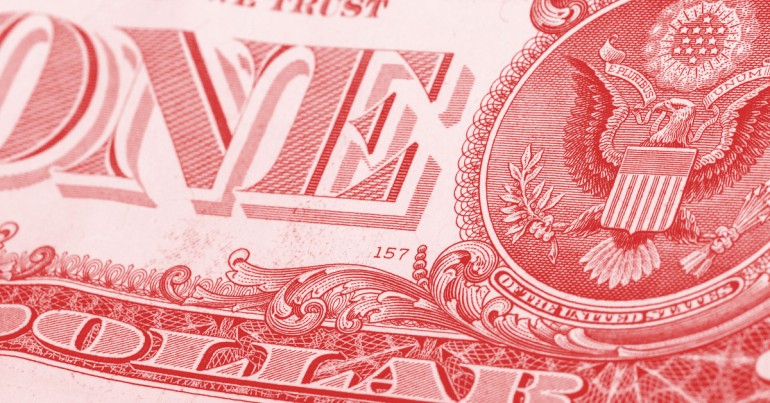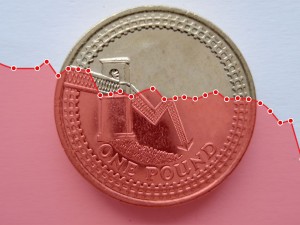
Dollar dumped
The US dollar put in the weakest performance among the major currencies, and by quite a margin. It fell by an average of -2.1%, losing one and a half cents to the euro and the Canadian dollar. A litany of problems led to its decline, some of them the result of doubts about the ability of the administration to get its legislative programme back on track.
The White House remains mired in the controversy surrounding “the Russia thing”, the more so since the president’s son was revealed to have sought help from Moscow during the election campaign. In Congress the Senate leader had to abandon his third attempt to pass the Trumpcare health bill because he could not count on the support of his own party. Investors have no axe to grind with the Donald Trump Jr or with the minutiae of public health cover legislation. They do, however, see these issues as getting in the way of the president’s economic agenda.
At a more practical level investors were disappointed by the US economic statistics. Figures on Friday showed falls for retail sales, for consumer confidence and for inflation, which slowed from 1.9% to 1.6%. The data contributed to the idea sown by the Federal Reserve chairperson, a couple of days earlier, that the upward pressure on US interest rates had abated.
Sterling slapped
Last Tuesday Ben Broadbent, a deputy governor of the Bank of England, gave a speech entitled “Winners from globalisation”. He did not give the impression that he thought sterling would be one of them so investors marked down the pound.
They marked it up the following day in response to data showing an acceleration in the annual pace of growth for basis wages. At 2% earnings are still being left behind by prices but investors nevertheless approved the narrowing of the gap.
Sterling perked up on Friday when the government quietly acknowledged that it would be ready to settle a divorce bill from the EU. It fell back on Monday when the media reported cabinet in-fighting between the supporters of hard and soft Brexits. On average the pound is a net -0.4% lower on the week, having lost half a euro cent and one Swiss cent. It is however two cents higher against the embattled US dollar.
Aussie flies
Australia’s dollar made steady progress during most of the week before popping higher on Tuesday morning. The trigger was the minutes of the Reserve Bank of Australia’s board meeting a fortnight ago. Its economic assessment was more positive than expected and the RBA said the “normal” level for interest rates is two percentage points above current levels. The Aussie was three and a half cents higher on the week.
Canada’s dollar only managed to add half a cent but it had an exciting day when the Bank of Canada raised its benchmark interest rate from 0.5% to 0.75%. The move itself was not much of a surprise but the BoC failed to describe it as a one-off, leaving investors to wonder if another might be in the pipeline.
The good news
Among the sea of disappointing US ecostats lay a relative pearl: Industrial production increased by 0.4% in June.
The bad news
Nobody pays much attention to US industrial production data.
Sarah, Senior Account Manager at Moneycorp
Moneycorp is one of the largest international payment companies supporting over 90 currencies. Last year Moneycorp traded over £22.6 billion worth of international money transfers. Find out how Moneycorp can help you with your international transfer here.






